Storm Impacts: Designing with Nature Along the Gulf Coast
Over the past decade, sea level rise and storms have caused significant damage to habitat and communities along the Gulf Coast. Shoreline marshes and natural barriers have been deteriorated, leaving habitats unprotected; shorelines have eroded, and flooding has impacted coastal communities. These impacts to habitat and people are only expected to increase as the effects of sea level rise intensify.
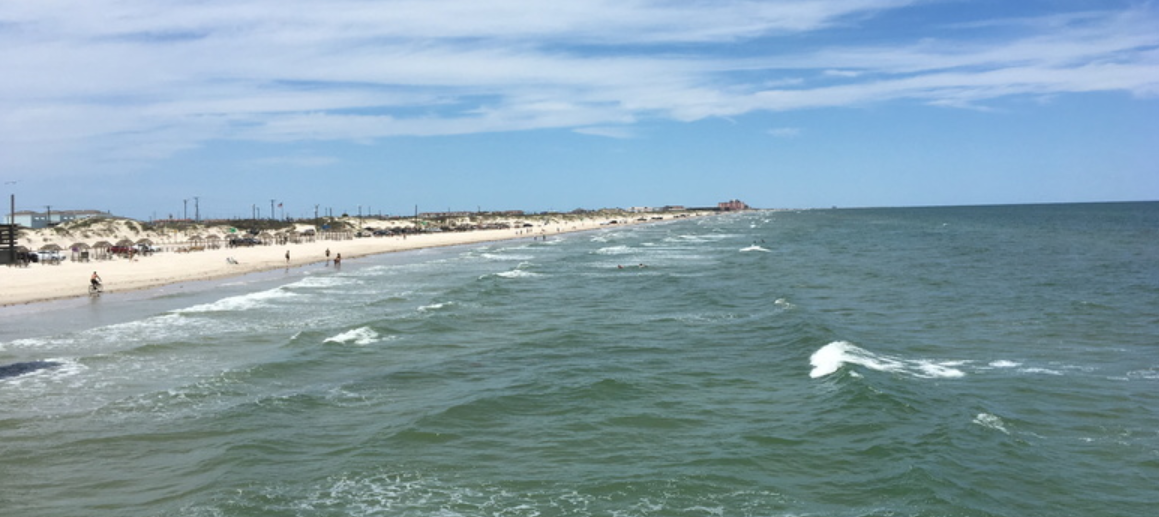
Storm surges along the Gulf Coast threaten both shoreline habitat and adjacent communities.
A primary cause of shoreline damage and flooding is storm surge, which is a coastal flood caused by a rise in seawater level caused solely by a storm. Storm surges and resulting wave action along the Gulf Coast have caused significant property damage and loss of life.
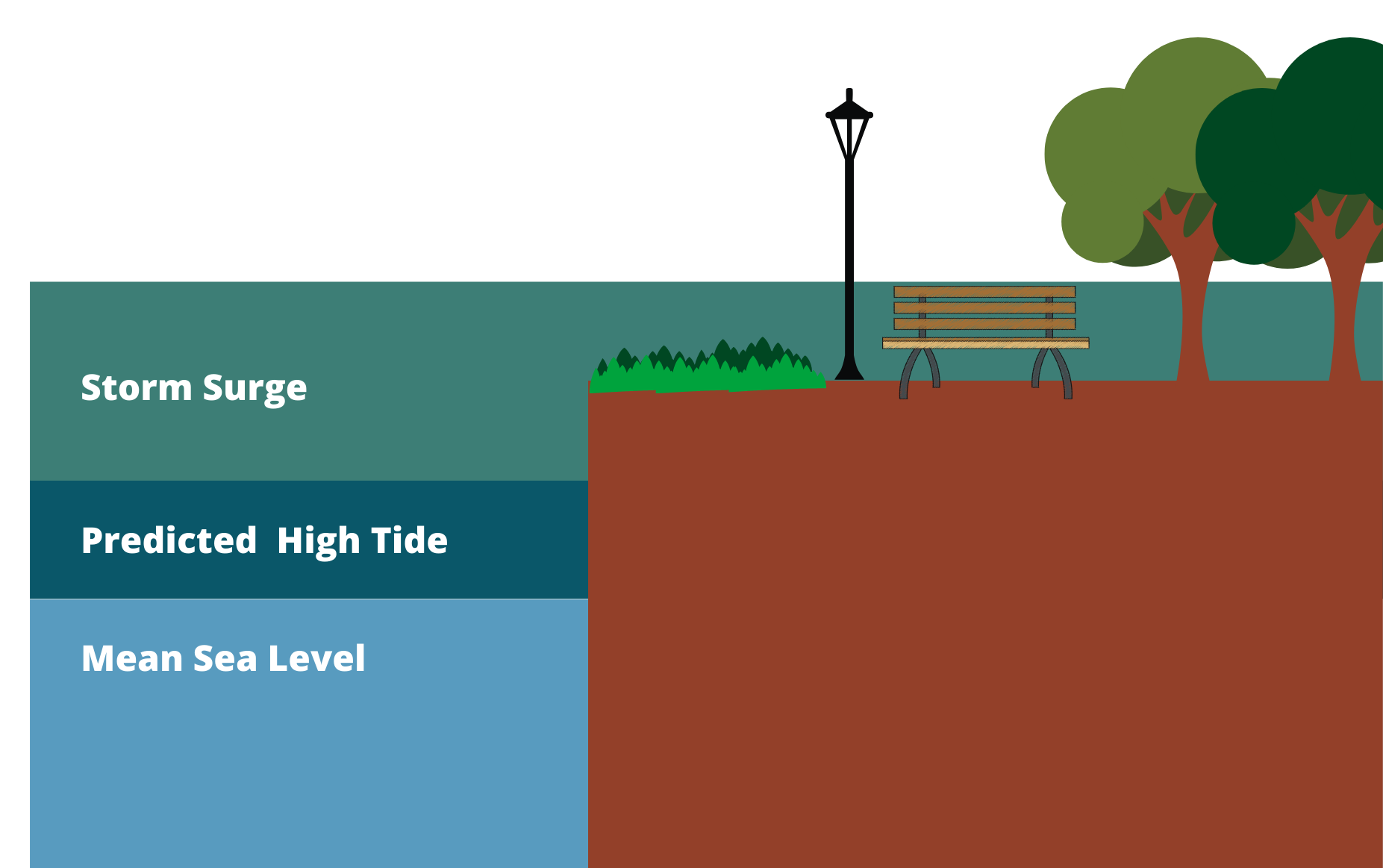
Storm surge is the rise in seawater level caused by a tropical storm, measured as the water level above the predicted high tide.
Potential future changes to sea levels and increased frequency and intensity of coastal storms pose a significant threat to nearshore infrastructure and natural resources. To protect human and natural habitats alike, planning and engineering projects in affected areas need to include design criteria and risk management strategies based on future conditions, which are uncertain and constantly changing.
Stabilizing Coastlines with Sustainable, Living Shoreline Design
When developing sustainable designs, it is crucial to design and construct the appropriate shoreline protection measure to protect from future erosive forces. One innovative technique to providing long-term coastal protection is to create living shorelines, which are protected, stabilized coastal edges made of natural materials such as plants, sand, or rock. This management practice protects and stabilizes the shoreline while creating a sanctuary for fish, improving water quality, promoting shellfish growth, and offering erosion protection. Living shorelines reduce wave energy and buffer the effects of storms, helping prevent future damage to coastal ecosystems and loss of property.
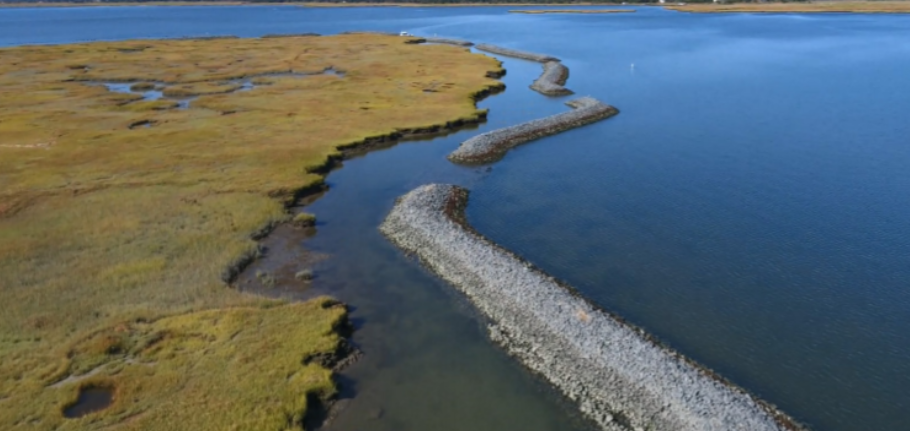
A living shoreline design decreasing the threat of flooding impacts during storm events.
When developing strategies for shoreline protection and constructing coastal restoration projects, it is important to evaluate the nearshore marine environment to ensure the selection of the most appropriate approach. Coastal hazard identification, such as extreme flooding and intensity of storms, impact minimization, and adaption management strategies are also part of the design evaluation process.
Designing with the Natural System
A living shoreline has a footprint that is mostly made up of native material, incorporating vegetation or other natural, “soft” elements. Nature-based structures are typically used in lower wave energy environments, whereas harder structures are typically used in areas of higher wave energy and erosional forces. However, often, the best approach to improving coastal resiliency is to incorporate both natural processes in combination with harder, traditional stabilization methods.
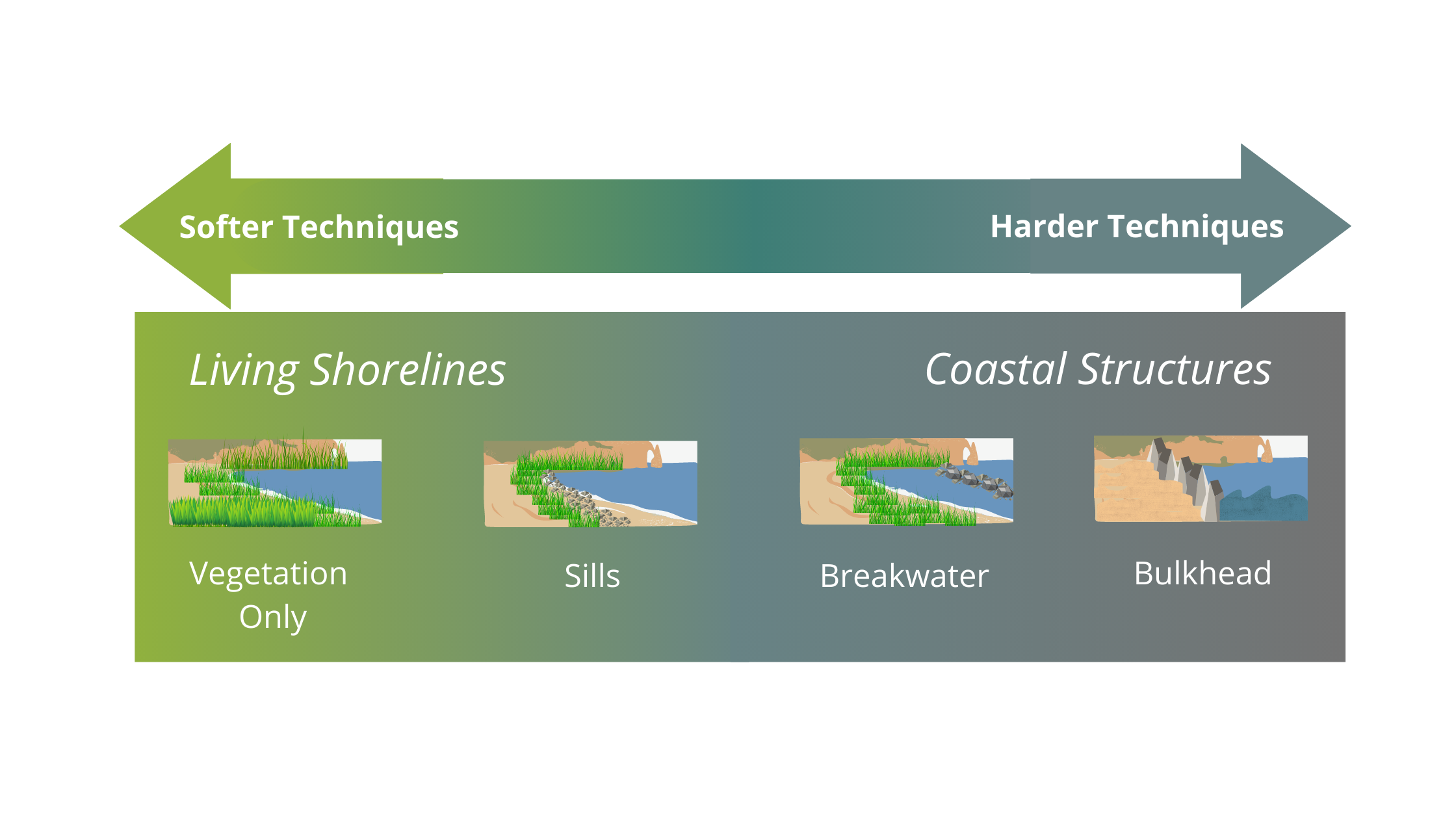
The variety of living shorelines structures and techniques used depend on the local ecosystem and coastal processes.
The type of material used to construct these structures can vary greatly, from manufactured materials such as precast and processed concrete products to aquatic materials such as oyster bags. Other natural materials can include anything from rock, coir logs, or even trees and woody stem materials. Infrastructure that is made of materials such as concrete and rock provides additional benefits, such as valuable habitat for oysters, clams, fish, and other organisms.
Designing living shorelines that mimic natural landforms and support the coastal processes will both provide long-term protection and enhance the local ecosystem. Additionally, nature-based living shorelines provide many benefits to the community such as improve water-based recreational activities, support the local economy, and foster ecological activities.
Restoring Tidal Marshes for Increased Resiliency
Another method for improving coastal resilience and protecting shorelines is through wetland restoration. The creation of tidal marshes can increase resiliency by providing added habitat and absorbing energy from storm surges.
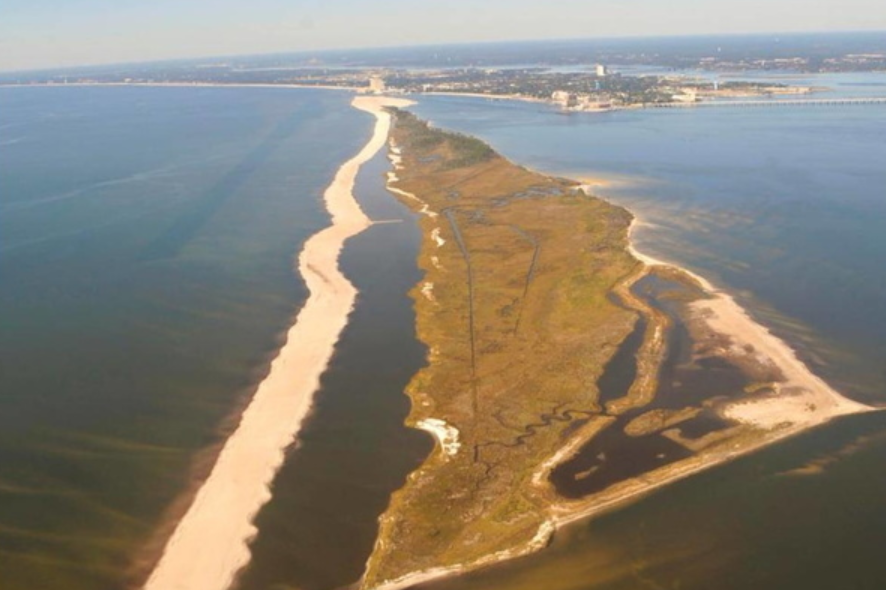
The wetland restoration helps to protect the Deer Island shoreline.
Tidal marsh creation and restoration is ideal for repairing subsiding coastal ecosystems that are prone to rising sea levels, as they offer habitat creation. In a barrier system, the marshes provide natural shoreline protection and stormwater filtration. For example, this technique could include thin-layer placement of dredged material to eroding marshes that have been damaged by storms.
Ultimately, designing living shorelines that mimic natural landforms, in addition to wetland creation are optimal for improving coastal resilience and protecting the environment and the community against storm impacts. These natural infrastructure solutions measures benefit the coast and protect habitat by reducing wave energy and shoreline erosion, buffering the effects of storms, and even connecting diverse animal habitats. While habitat restoration along the Gulf Coast is critical, implementing strategies that incorporate both nature-based features in combination with traditional stabilization methods is key to making the coast more resilient in the long run.

